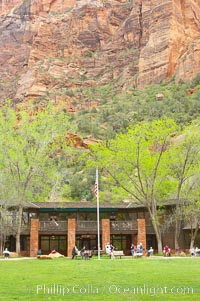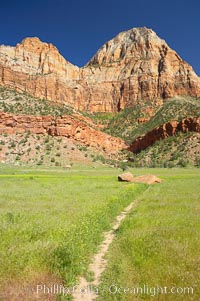
Red sandstone peaks above the Parus trail in Zion National Park.
Location: Zion National Park, Utah
Image ID: 12486
Location: Zion National Park, Utah
Image ID: 12486
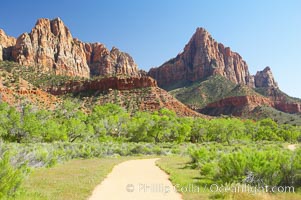
Red sandstone peaks above the Parus trail in Zion National Park.
Location: Zion National Park, Utah
Image ID: 12487
Location: Zion National Park, Utah
Image ID: 12487
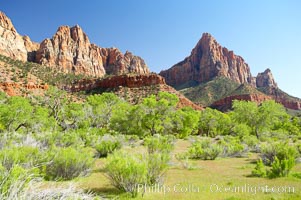
Red sandstone peaks above the Parus trail in Zion National Park.
Location: Zion National Park, Utah
Image ID: 12488
Location: Zion National Park, Utah
Image ID: 12488
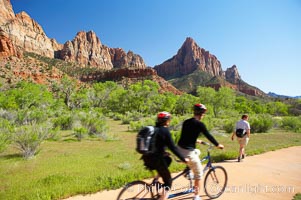
Red sandstone peaks above the Parus trail in Zion National Park.
Location: Zion National Park, Utah
Image ID: 12489
Location: Zion National Park, Utah
Image ID: 12489
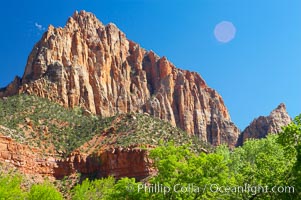
The Watchman, a red Navaho sandstone peak in Zion National Park.
Location: Zion National Park, Utah
Image ID: 12490
Location: Zion National Park, Utah
Image ID: 12490
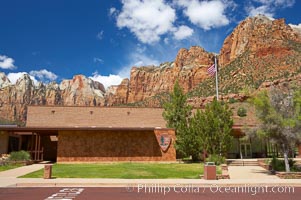
Zion Natural Human Museum, with the West Temple at 7810, the Sundial at 7590, and the Altar of Sacrifice at 7505 seen behind it.
Location: Zion National Park, Utah
Image ID: 12491
Location: Zion National Park, Utah
Image ID: 12491
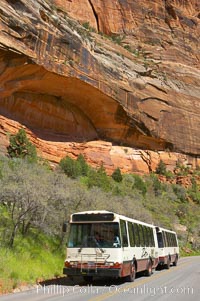
Shuttle buses move visitors throughout the upper Zion Canyon from April through September.
Location: Zion National Park, Utah
Image ID: 12492
Location: Zion National Park, Utah
Image ID: 12492
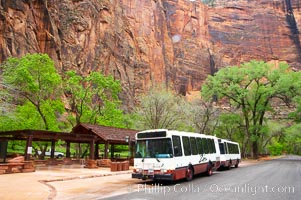
Shuttle buses move visitors throughout the upper Zion Canyon from April through September.
Location: Zion National Park, Utah
Image ID: 12493
Location: Zion National Park, Utah
Image ID: 12493
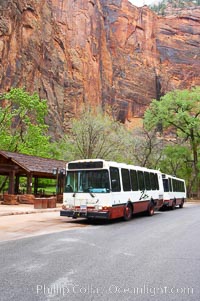
Shuttle buses move visitors throughout the upper Zion Canyon from April through September.
Location: Zion National Park, Utah
Image ID: 12494
Location: Zion National Park, Utah
Image ID: 12494
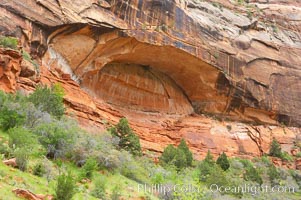
Natural arch formed in red Navaho sandstone cliffs, Zion Canyon.
Location: Zion National Park, Utah
Image ID: 12496
Location: Zion National Park, Utah
Image ID: 12496
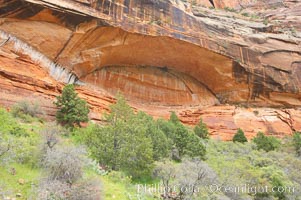
Natural arch formed in red Navaho sandstone cliffs, Zion Canyon.
Location: Zion National Park, Utah
Image ID: 12497
Location: Zion National Park, Utah
Image ID: 12497
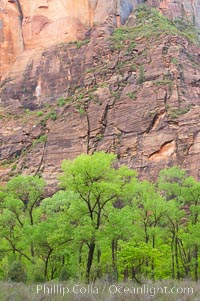
Cottonwoods with their deep green spring foliage contrast with the rich red Navaho sandstone cliffs of Zion Canyon.
Location: Zion National Park, Utah
Image ID: 12499
Location: Zion National Park, Utah
Image ID: 12499
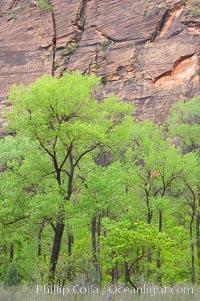
Cottonwoods with their deep green spring foliage contrast with the rich red Navaho sandstone cliffs of Zion Canyon.
Location: Zion National Park, Utah
Image ID: 12500
Location: Zion National Park, Utah
Image ID: 12500
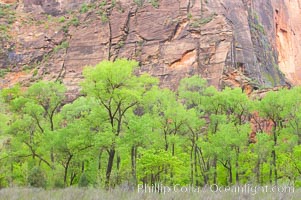
Cottonwoods with their deep green spring foliage contrast with the rich red Navaho sandstone cliffs of Zion Canyon.
Location: Zion National Park, Utah
Image ID: 12502
Location: Zion National Park, Utah
Image ID: 12502
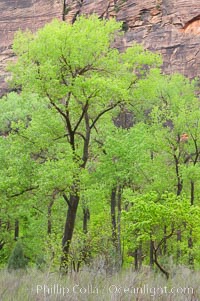
Cottonwoods with their deep green spring foliage contrast with the rich red Navaho sandstone cliffs of Zion Canyon.
Location: Zion National Park, Utah
Image ID: 12503
Location: Zion National Park, Utah
Image ID: 12503
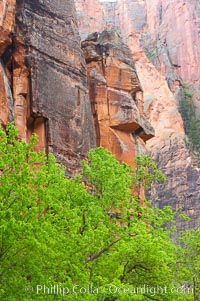
Cottonwoods with their deep green spring foliage contrast with the rich red Navaho sandstone cliffs of Zion Canyon.
Location: Zion National Park, Utah
Image ID: 12504
Location: Zion National Park, Utah
Image ID: 12504
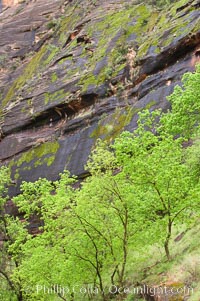
Cottonwoods with their deep green spring foliage contrast with the rich red Navaho sandstone cliffs of Zion Canyon.
Location: Zion National Park, Utah
Image ID: 12505
Location: Zion National Park, Utah
Image ID: 12505
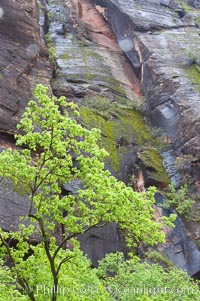
Cottonwoods with their deep green spring foliage contrast with the rich red Navaho sandstone cliffs of Zion Canyon.
Location: Zion National Park, Utah
Image ID: 12506
Location: Zion National Park, Utah
Image ID: 12506

Cottonwoods with their deep green spring foliage contrast with the rich red Navaho sandstone cliffs of Zion Canyon.
Location: Zion National Park, Utah
Image ID: 12507
Location: Zion National Park, Utah
Image ID: 12507
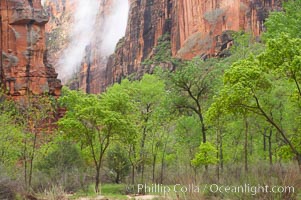
Cottonwoods with their deep green spring foliage contrast with the rich red Navaho sandstone cliffs of Zion Canyon.
Location: Zion National Park, Utah
Image ID: 12508
Location: Zion National Park, Utah
Image ID: 12508

The Virgin River runs swift and deep following spring thunderstorms. The river is colored reddish-brown from the tons of red sandstone silt that it carries out of Zion Canyon as it slowly carves the canyon.
Location: Zion National Park, Utah
Image ID: 12510
Location: Zion National Park, Utah
Image ID: 12510
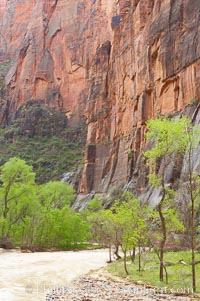
The Virgin River runs swift and deep following spring thunderstorms. The river is colored reddish-brown from the tons of red sandstone silt that it carries out of Zion Canyon as it slowly carves the canyon.
Location: Zion National Park, Utah
Image ID: 12511
Location: Zion National Park, Utah
Image ID: 12511
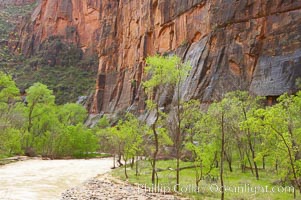
The Virgin River runs swift and deep following spring thunderstorms. The river is colored reddish-brown from the tons of red sandstone silt that it carries out of Zion Canyon as it slowly carves the canyon.
Location: Zion National Park, Utah
Image ID: 12512
Location: Zion National Park, Utah
Image ID: 12512
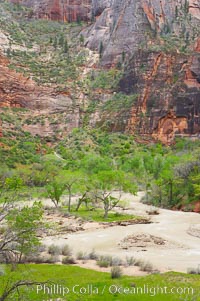
The Virgin River runs swift and deep following spring thunderstorms. The river is colored reddish-brown from the tons of red sandstone silt that it carries out of Zion Canyon as it slowly carves the canyon.
Location: Zion National Park, Utah
Image ID: 12513
Location: Zion National Park, Utah
Image ID: 12513
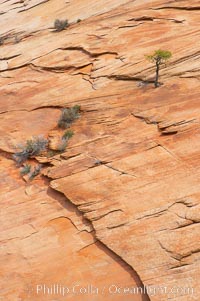
Navajo sandstone forms the cliffs and walls of Zion National Park. The sandstone reaches a thickness of 2300 feet and consists of ancient cemented desert sand dunes. Horizontal lines, commonly called crossbedding, represent layers of wind-blown sand that built up into sand dunes. These dunes were then buried, and the sand grains glued together by calcite and iron oxide to form sandstone.
Location: Zion National Park, Utah
Image ID: 12514
Location: Zion National Park, Utah
Image ID: 12514
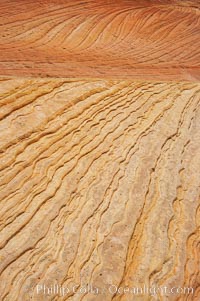
Navajo sandstone forms the cliffs and walls of Zion National Park. The sandstone reaches a thickness of 2300 feet and consists of ancient cemented desert sand dunes. Horizontal lines, commonly called crossbedding, represent layers of wind-blown sand that built up into sand dunes. These dunes were then buried, and the sand grains glued together by calcite and iron oxide to form sandstone.
Location: Zion National Park, Utah
Image ID: 12515
Location: Zion National Park, Utah
Image ID: 12515
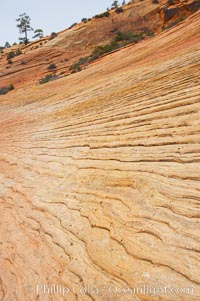
Navajo sandstone forms the cliffs and walls of Zion National Park. The sandstone reaches a thickness of 2300 feet and consists of ancient cemented desert sand dunes. Horizontal lines, commonly called crossbedding, represent layers of wind-blown sand that built up into sand dunes. These dunes were then buried, and the sand grains glued together by calcite and iron oxide to form sandstone.
Location: Zion National Park, Utah
Image ID: 12516
Location: Zion National Park, Utah
Image ID: 12516
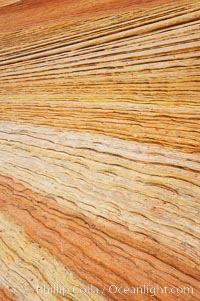
Navajo sandstone forms the cliffs and walls of Zion National Park. The sandstone reaches a thickness of 2300 feet and consists of ancient cemented desert sand dunes. Horizontal lines, commonly called crossbedding, represent layers of wind-blown sand that built up into sand dunes. These dunes were then buried, and the sand grains glued together by calcite and iron oxide to form sandstone.
Location: Zion National Park, Utah
Image ID: 12517
Location: Zion National Park, Utah
Image ID: 12517
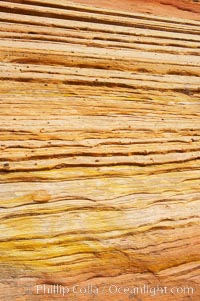
Navajo sandstone forms the cliffs and walls of Zion National Park. The sandstone reaches a thickness of 2300 feet and consists of ancient cemented desert sand dunes. Horizontal lines, commonly called crossbedding, represent layers of wind-blown sand that built up into sand dunes. These dunes were then buried, and the sand grains glued together by calcite and iron oxide to form sandstone.
Location: Zion National Park, Utah
Image ID: 12518
Location: Zion National Park, Utah
Image ID: 12518
